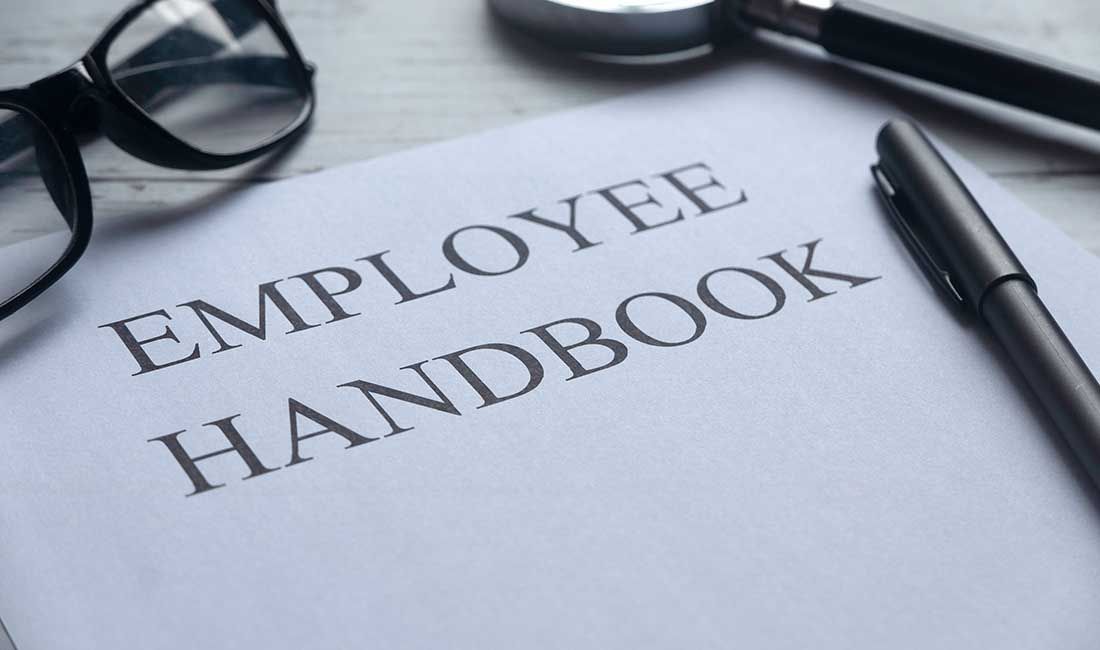Flexible Furloughing

| W.E.U Admin | Improving Working Lives
TAGS: COVID-19
On 29 May, the UK Chancellor, Rishi Sunak, outlined further details on the extension of the Coronavirus Job Retention Scheme (CJRS). He confirmed that flexible furloughing would be introduced from 1 July 2020, and that from August employers would be required to start meeting some of the costs. He also confirmed that the cut-off date for placing any new employee on furlough was 10 June 2020.
Updated guidance was published on 12 June 2020 for both employers and employees, along with new guidance on:
- The introduction of part-time working under the CJRS
- The removal of the three-week minimum furlough period from 1 July
- Employer contributions phased in from August
The Treasury Direction provides the legal framework and takes precedence over any conflicting guidance.
10 June Cut-Off and the Maternity/Paternity Exemption
Subject to the exemption below, the CJRS is now closed for new entrants. Employers may only furlough employees who have previously completed a full three-week furlough period. The original cut-off date of 10 June 2020 applied to everyone, but on 9 June the government announced an exemption for parents returning from statutory maternity, paternity, adoption, shared parental or parental bereavement leave after 10 June, provided their employer has previously furloughed other staff.
The new scheme permits part-time working. Employers and employees are free to agree any working pattern, but employees on furlough cannot undertake any work during furloughed hours.
From 1 July, the minimum furlough period is reduced to one week, and employers can place staff on and off furlough flexibly. However, any claims starting before 1 July must run for the full three-week period.
It is recommended that all flexible furlough arrangements are documented in a written agreement specifying working and furlough hours, signed by both parties.
Employers should retain records of furlough claims for at least 6 years to cover potential HMRC investigations.
How Much Can You Claim?
From 1 July, employers can only claim for the maximum number of employees claimed in any previous period. For flexible furlough, the grant is reduced proportionately. For example, an employee furloughed 50% of the time will receive 50% of the £2,500 cap in July.
HMRC has provided detailed examples for:
- Salaried employees
- Employees with variable hours
Calculations for salaried staff are based on contracted hours in the last pay period ending on or before 19 March 2020. For variable hours, the higher of:
- The average hours in the 2019/2020 tax year
- The corresponding calendar period in 2019/2020
Employer Top-Ups from 1 August
From 1 August, employers must contribute to employer National Insurance and pension contributions. From 1 September they will also pay 10% of wages (with the government covering 70%), and from 1 October they will pay 20% (with the government covering 60%). These contributions are mandatory.
If contributions cannot be met, employers may consider amending contractual terms with affected employees.
Key Dates
- 10 June 2020 – Last date to place an employee on furlough for the first time (exemptions apply).
- 1 July 2020 – Flexible furlough scheme goes live. Employers pay for hours worked; grants are proportionate.
- 31 July 2020 – Deadline for claims for periods ending 30 June.
- 1 August 2020 – Employer contributions to NICs and pensions begin.
- 1 September 2020 – Employers pay 10% of wages (government pays 70%).
- 1 October 2020 – Employers pay 20% of wages (government pays 60%).
- 31 October 2020 – CJRS closes.
Next Steps for Employers
Employers should:
- Review the new and updated guidance on flexible furloughing (full details here).
- Decide whether to bring furloughed staff back part-time or continue full furlough.
- Ensure all flexible furlough agreements are in writing and securely documented.
- Keep detailed records of hours worked, furloughed hours, and grant calculations.
- Plan workforce requirements post-furlough, including possible redundancies (collective consultation deadlines: 16 September 2020 for 100+ redundancies; 1 October 2020 for 20–99).
Given the evolving nature of CJRS guidance, employers should monitor HMRC updates closely and seek professional advice where necessary.
See Also
- Checking Holiday Entitlement
- Founding Member of the Workers of England Union Passed Away Aged 79
workersofengland.co.uk | Independent Workers Trade Union


















